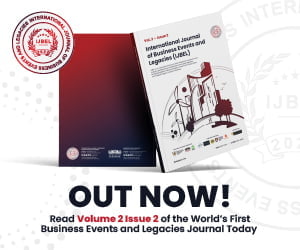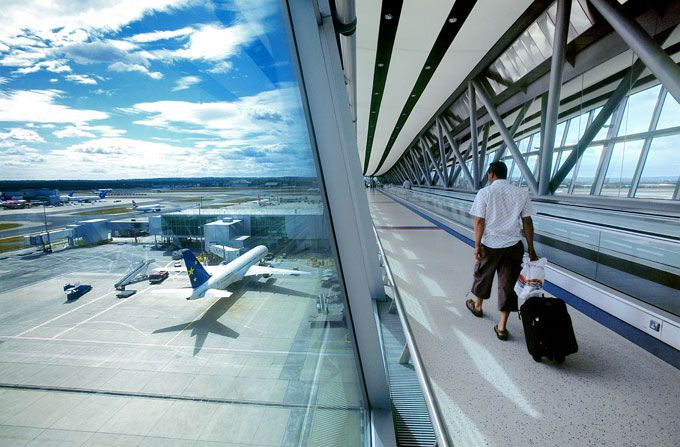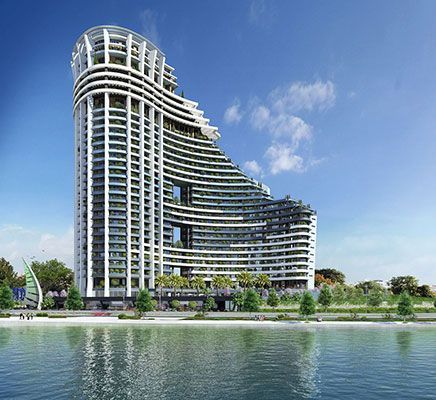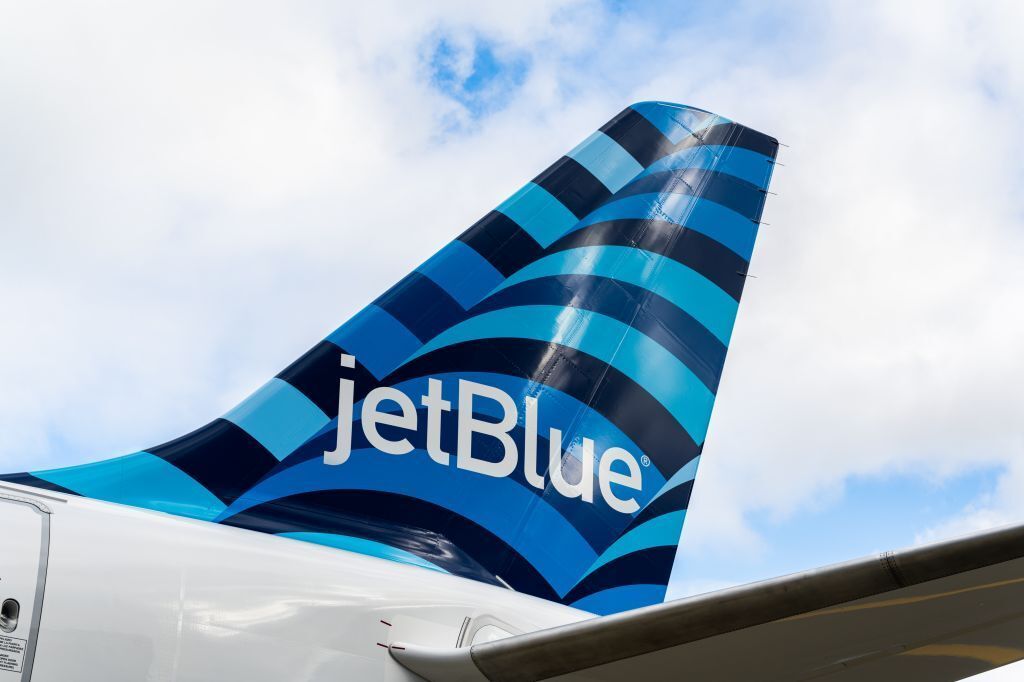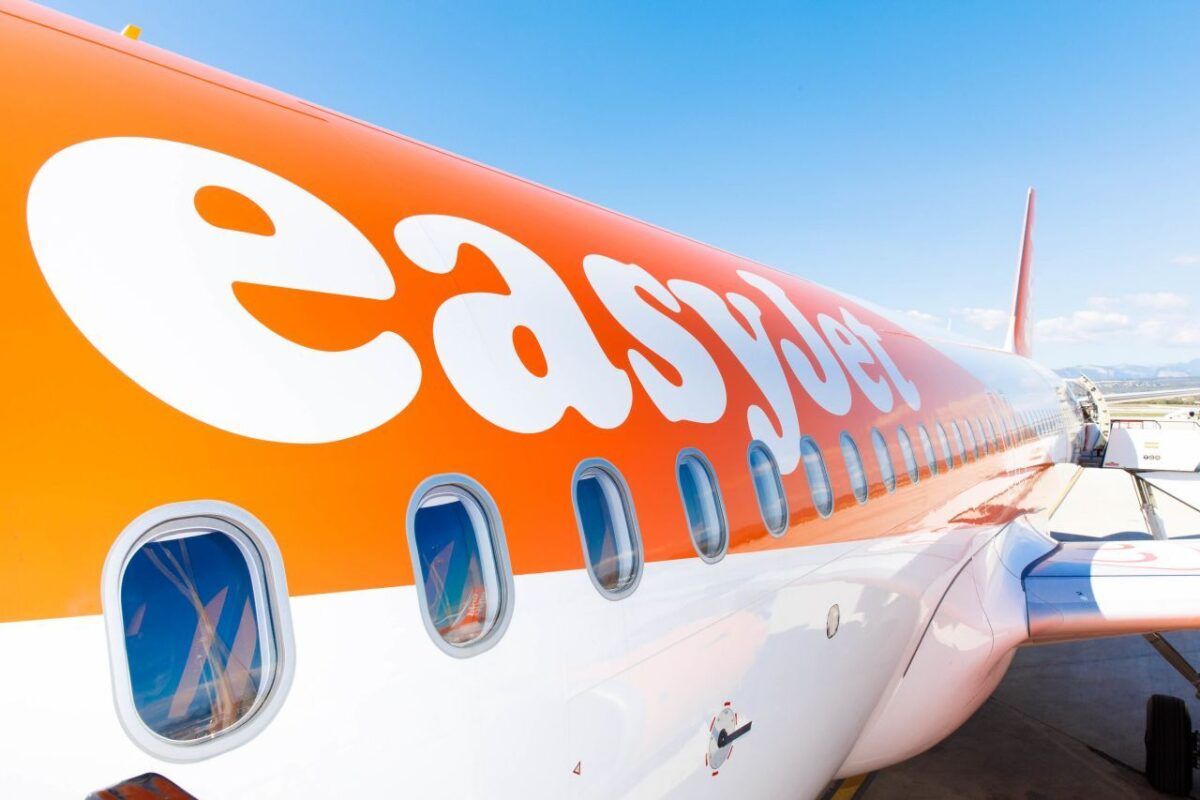The ten ASEAN tourism ministers collectively launched the ASEAN Tourism Strategic Plan (ATSP) 2016-2025 at the Tourism Ministers’ press conference on the 22nd January during the 35th ASEAN Tourism Forum (ATF) held in Manila, the Philippines.
The vision of the ATSP is: ‘By 2025, ASEAN will be a quality tourism destination offering a unique, diverse ASEAN experience, and will be committed to responsible, sustainable, inclusive and balanced tourism development, so as to contribute significantly to the socio-economic well-being of the ASEAN people.’
In keeping with the vision, there are two main strategic objectives to be accomplished. Firstly, to enhance the competitiveness of ASEAN as a single global destination, which will include intensifying the marketing and promotion efforts to present ASEAN as a single destination, while creating unique ASEAN travel experiences and destinations. It is essential that infrastructure requirements be met adequately, which will involve expanding connectivity, upgrading standards for tourist facilities and services, as also enhancing travel facilitation and safety and security. A key factor in achieving this objective will be to attract investment in ASEAN tourism.
The second challenge will be to ensure that ASEAN tourism is sustainable and inclusive. This can come about by reinforcing local community and public-private sector participation in the tourism value chain; improving safety and security; prioritising the protection and maintenance of natural and cultural heritage and increasing the responsiveness of ASEAN tourism to environmental protection and climate change.
Said the Honourable Ramon R. Jimenez, Jr, Secretary of Tourism, Philippines: “The new ASEAN Tourism Strategic Plan (ATSP) 2016 – 2025 will work towards not only the development and growth of the region’s tourism, but also in ensuring that this growth is grounded on responsible, sustainable, and inclusive tourism.”
In order to achieve the above strategies seamlessly, the ASEAN tourism ministers will provide the policy framework and direction, while the NTOs will serve as the executing bodies to implement the same.
It is anticipated that, if the strategic programmes and projects are fully resourced and implemented, by 2025 the GDP contribution of ASEAN tourism could potentially increase from 12% to 15%, with tourism’s share alone of total employment rising from 3.7% to 7%. It is predicted that the per capita spend by international tourists could increase from US$ 877 to US$ 1,500 even as the average length of stay of international tourist arrivals goes up from 6.3 nights to 8 nights.


